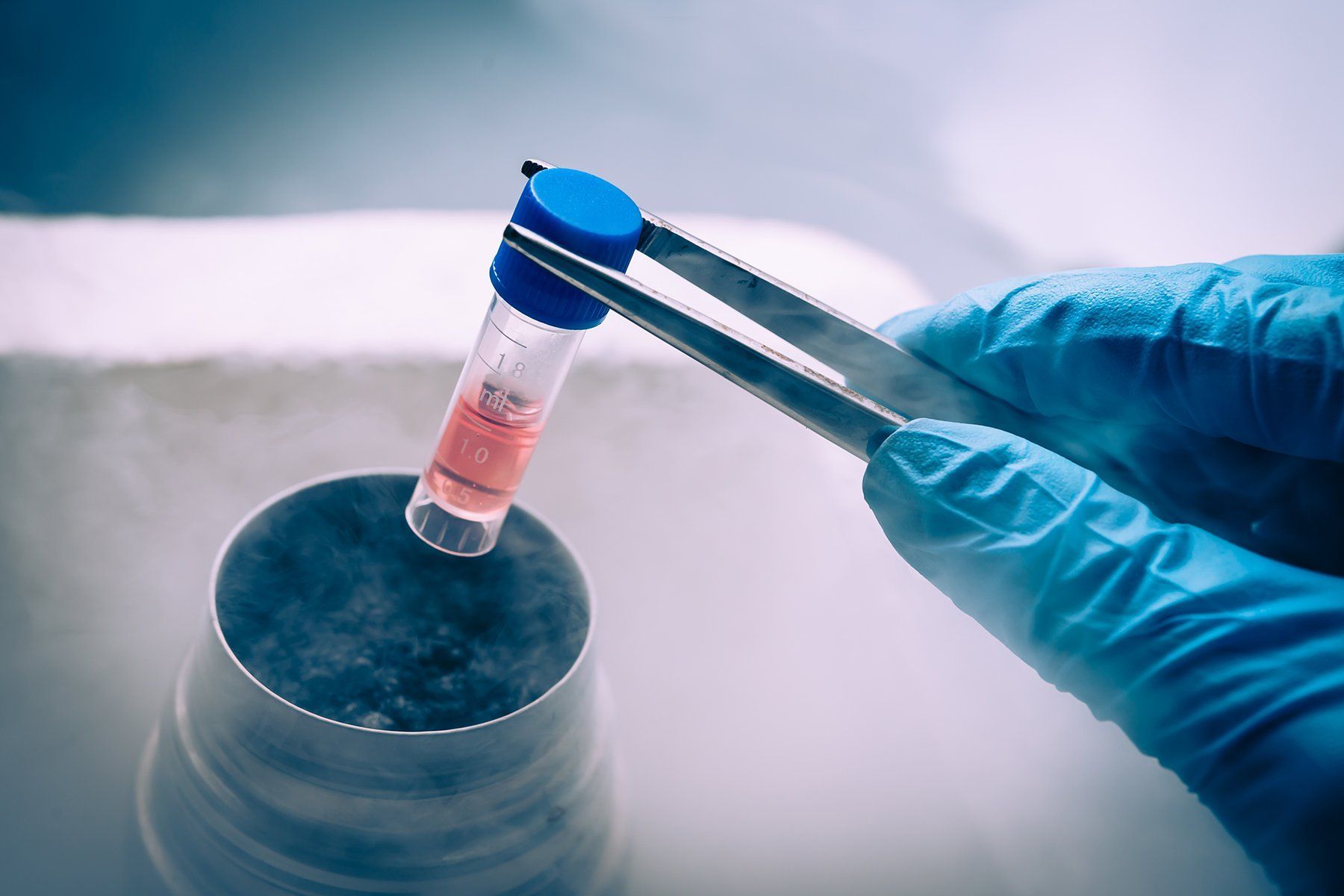Stem Cell Therapy for Migraine?
Migraine is not characterized by neuronal degeneration, but it has been a target of stem cell therapy in a few small investigational studies--and has shown early promise.
©ElenaPavlovich/Shutterstock

Among other medical conditions, neurological disease such as Parkinson and stroke have been stars of stem cell research. Recently, however, migraine may have landed a small but supporting role
Stem cell therapy has been an area of research for neurological conditions such as Parkinson disease (PD) and stroke for many years. This is based on the rationale that undifferentiated stem cells hold potential to replace or regenerate nerve cells, which do not heal as well as other cells. Migraine, which is not characterized by neuronal degeneration, has also been a target of stem cell therapy in a few small investigational studies. Interestingly, this approach, while still only examined in small numbers of migraine patients, has shown early promise.
Outcomes of two case studies
In one case study,1 Australian researchers used stem cell therapy for the treatment of migraine. A total of 4 women between the ages 36 and 44 years who had long histories of migraine headaches and who met the International Classification of Headache Disorders criteria for Chronic Migraine or Tension-type Headaches were included. All 4 women experienced substantial improvement in their headache frequency and were able to substantially reduce their use of pain medication for 18 months after the stem cell injections.
A second study2 involved 9 adult patients with an average baseline score of 122 on the Migraine Disability Assessment (MIDAS) who had not improved after receiving botulinum toxin injections and at least 3 prophylactic medications. After receiving stem cell therapy, 7 of the 9 patients experienced improvement, with a mean MIDAS score of 88 three months after the procedure.
Techniques stem cell injection
Stem cell therapy has been used in a number of scientific research studies for several medical illnesses. The techniques described in the migraine studies used autologous stromal vascular fraction, which was derived from adipose tissue using liposuction procedures.
In the Australian study, the stem cells were diluted in a 1L saline bag and administered to patients intravenously over 1 hour. In the second study, the stem cells were prepared in a solution of 8 to10 mL of stromal vascular fraction containing 2.5 to 8.6 million viable cells. These solutions were injected into the pericranial, neck, and trapezius muscles. Researchers who led both studies described the procedure as relatively simple and without complications.
Proposed mechanism of action
The concept of stem cell therapy for migraine treatment is interesting, but the proposed mechanism of action in migraine prophylaxis differs from the hypothesized explanations for why stem cells are considered a potential breakthrough for other neurological diseases. There are several suggested mechanisms for this therapy, the most prominent of which is that stem cells may induce a reduction in migraine-associated inflammation. But how the physiological effects of stem cell injection may affect symptoms or pathophysiology of migraine remains unclear.
References:
1. Bright R, Bright M, Bright P, et al. Migraine and tension-type headache treated with stromal vascular fraction: a case series. J Med Case Rep. 2014;8:237.
2. Mauskop A, Rothaus KO. Stem Cells in the Treatment of Refractory Chronic Migraines. Case Rep Neurol. 2017;9:149-155.
News and Expert Insights in Hemophilia Gene Therapy for Bleeding Disorders Awareness Month 2025
March 9th 2025In observance of Bleeding Disorders Awareness Month, held annually in March, catch up on some of the latest news and expert insights in gene therapy for hemophilia, which is among the most common of these disorders.